elemintalshop
Cathedral Santiago de Compostela Spain Authentic 5 Cents Coin Money for Jewelry and Craft Making
Cathedral Santiago de Compostela Spain Authentic 5 Cents Coin Money for Jewelry and Craft Making
Couldn't load pickup availability
Cathedral Santiago de Compostela Spain Authentic 5 Cents Coin Charm for Jewelry and Craft Making
The front of the coin bears the date of mintage above cathedral of Santiago de Compostela, a jewel of Spanish Romanesque architecture and one of the most famous pilgrimage destinations in the world, encircled by the lettering "ESPAÑA" (Spain), the royal monogram and the twelve stars of Europe of whom five are bound by a band.
The back of the coin bears a globe, next to the face value, showing Europe in relation to Africa and Asia.
Features
Issuer Spain
King Juan Carlos I (1975-2014)
Type Standard circulation coin
Years 1999-2009
Value 5 Euro Cent
0.05 EUR = 0.06 USD
Currency Euro (2002-date)
Composition Copper plated steel
Weight 3.92 g
Diameter 21.25 mm
Thickness 1.67 mm
Shape Round
Orientation Medal alignment ↑↑
Number N# 83
References KM# 1042, Schön# 334
Wikipedia:
According to the legend, the apostle Saint James the Great brought Christianity to the Iberian Peninsula. According to legend, this tomb was rediscovered in AD 814 by the hermit Pelagius, after he witnessed strange lights in the night sky. Bishop Theodomirus of Iria recognized this as a miracle and informed king Alfonso II of Asturias and Galicia (791–842). The king ordered the construction of a chapel on the site. Legend has it that the king was the first pilgrim to this shrine. This was followed by the first church in AD 829 and then in AD 899 by a pre-Romanesque church, ordered by king Alfonso III of León, which caused the gradual development of this major place of pilgrimage.
In 997 the early church was reduced to ashes by Al-Mansur Ibn Abi Aamir (938–1002), army commander of the caliph of Córdoba. The Al-Andalus commander was accompanied on his raid by his vassal Christian lords, who received a share of the loot. St James' tomb and relics were left undisturbed. The gates and the bells, carried by local Christian captives to Córdoba, were added to the Aljama Mosque. When Córdoba was taken by king Ferdinand III of Castile in 1236, these same gates and bells were then transported by Muslim captives to Toledo, to be inserted in the Cathedral of Saint Mary of Toledo.
Construction of the present cathedral began in 1075 under the reign of Alfonso VI of Castile (1040–1109) and the patronage of bishop Diego Peláez. It was built according to the same plan as the monastic brick church of Saint Sernin in Toulouse, probably the greatest Romanesque edifice in France. It was built mostly in granite. Construction was halted several times and, according to the Liber Sancti Iacobi, the last stone was laid in 1122. But by then, the construction of the cathedral was certainly not finished. The cathedral was consecrated in 1211 in the presence of king Alfonso IX of Leon.
According to the Codex Calixtinus the architects were "Bernard the elder, a wonderful master", his assistant Robertus Galperinus, and, later possibly, "Esteban, master of the cathedral works". In the last stage "Bernard, the younger" was finishing the building, while Galperinus was in charge of the coordination. He also constructed a monumental fountain in front of the north portal in 1122.
The city became an episcopal see in 1075 and the church its cathedral. Due to its growing importance as a place of pilgrimage, it was raised to an archiepiscopal see by pope Urban II in 1100. A university was added in 1495.
The cathedral was expanded and embellished with additions in the 16th, 17th and 18th centuries.
Share
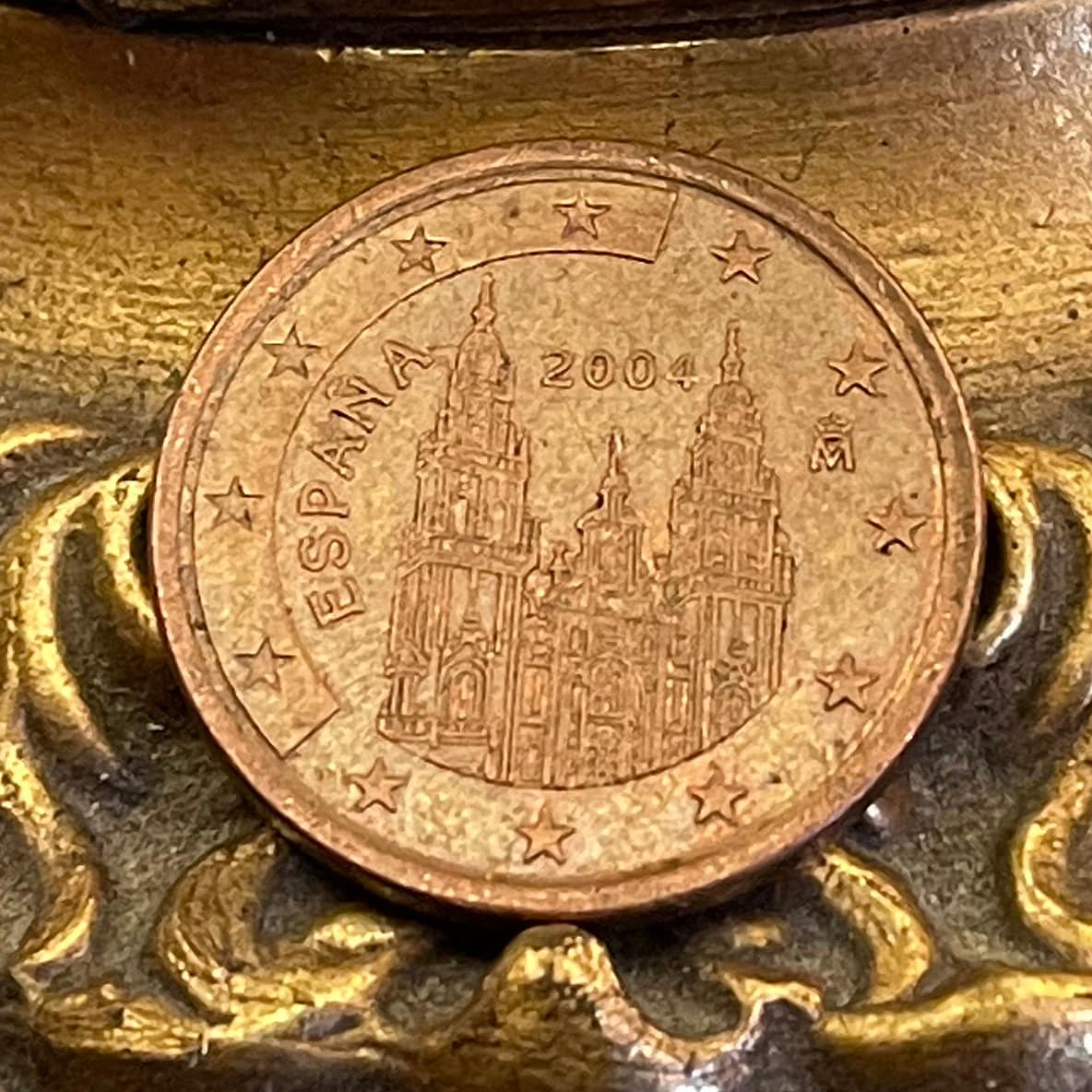
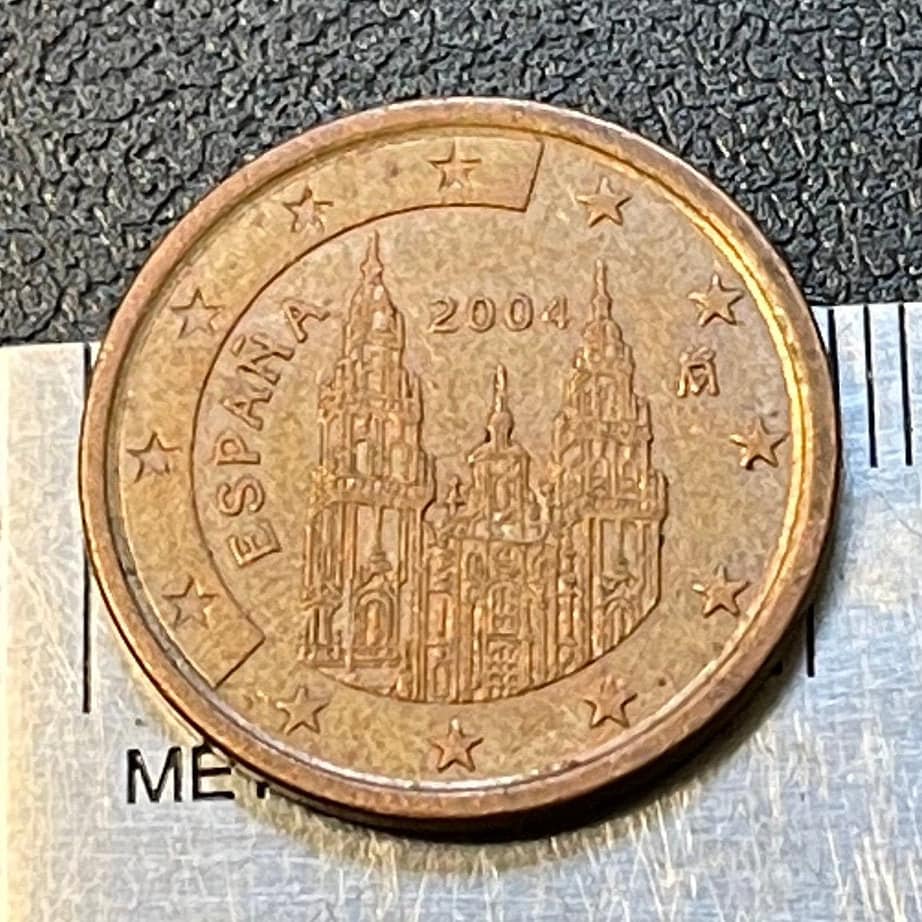
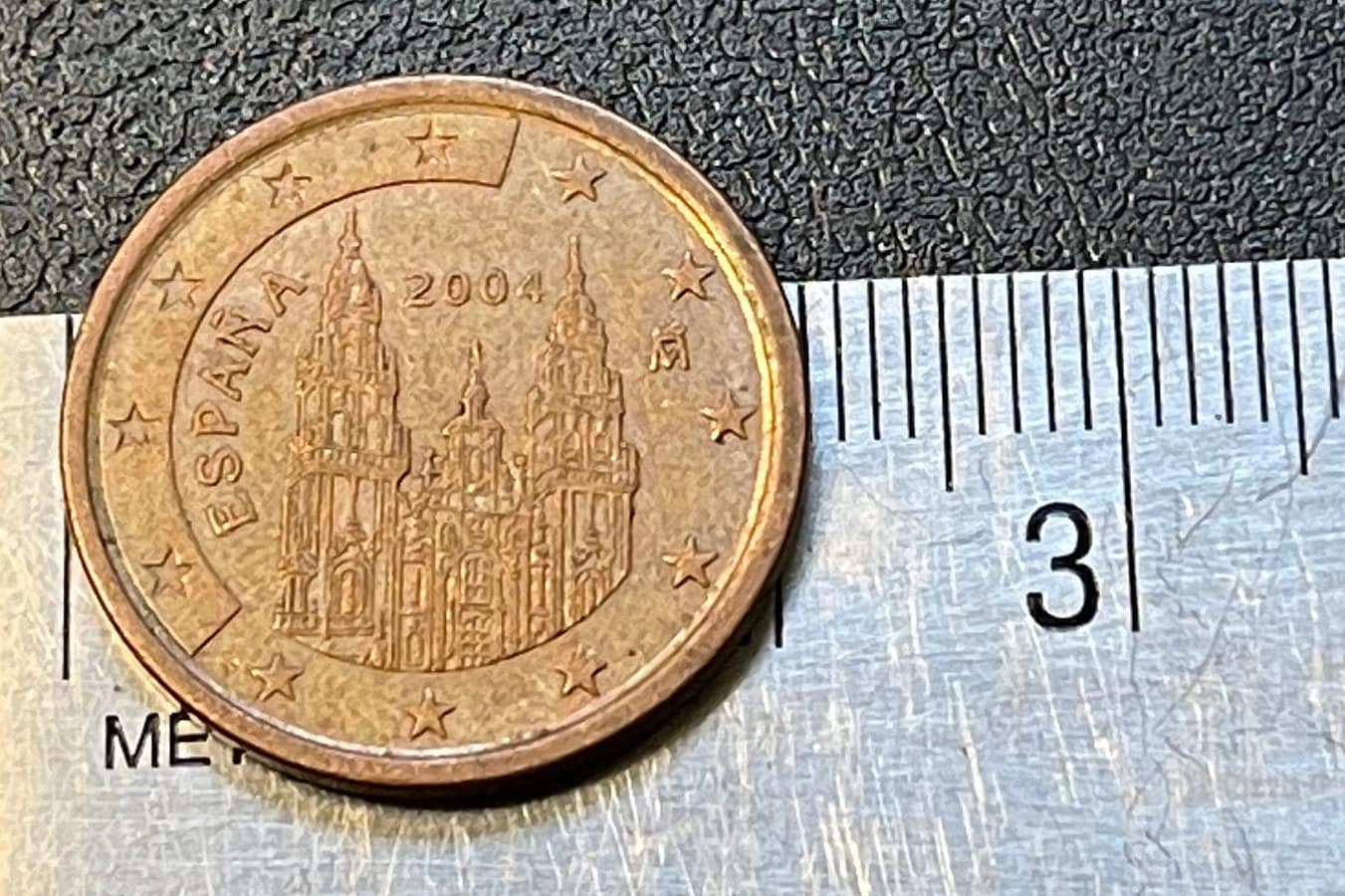
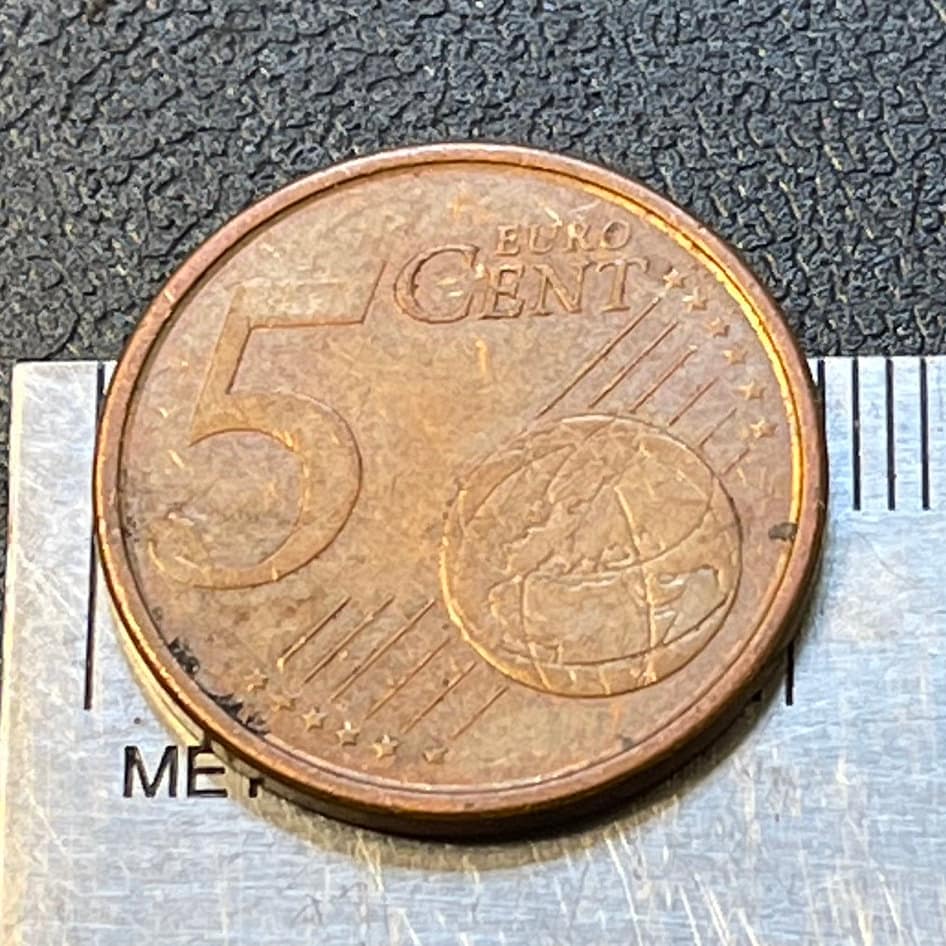
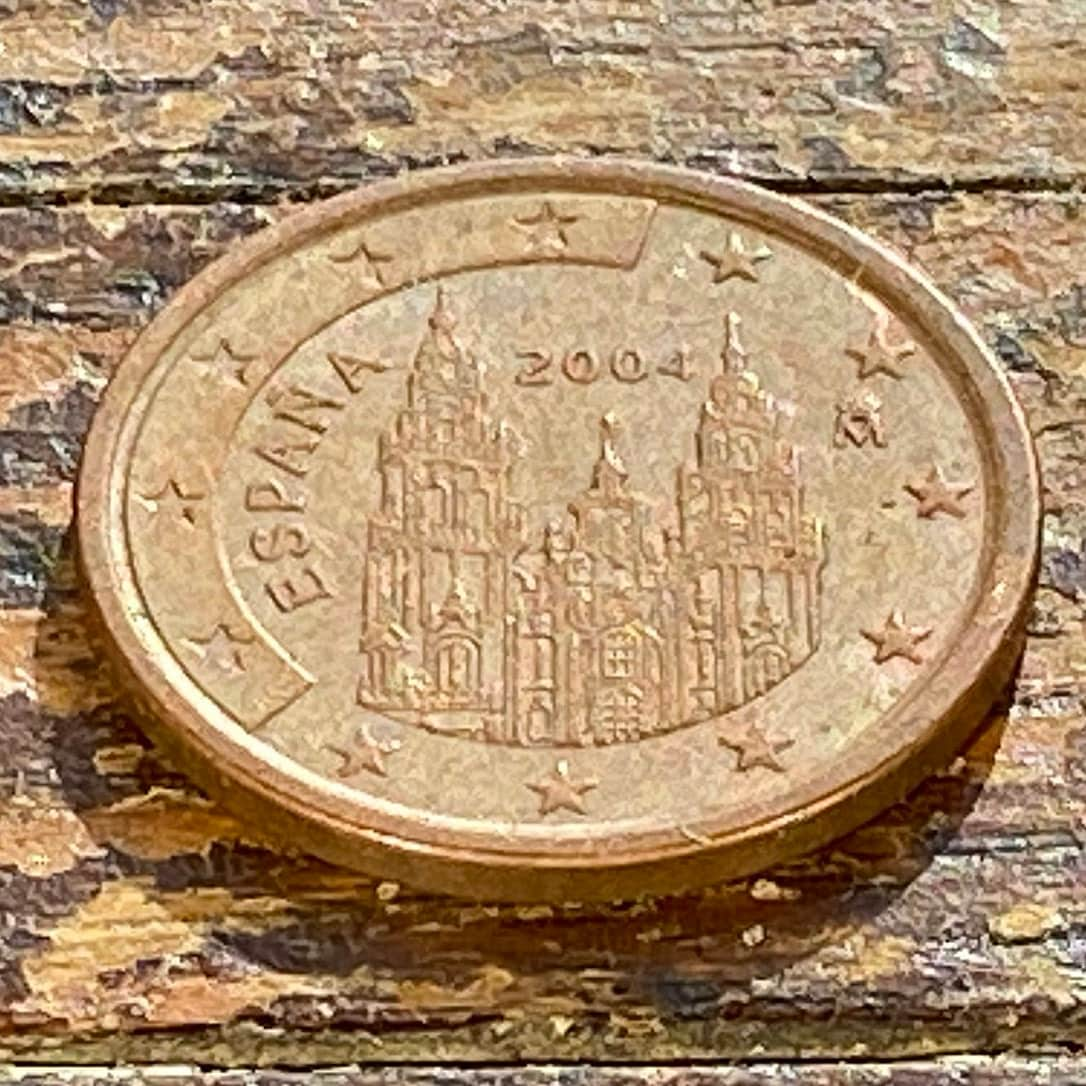
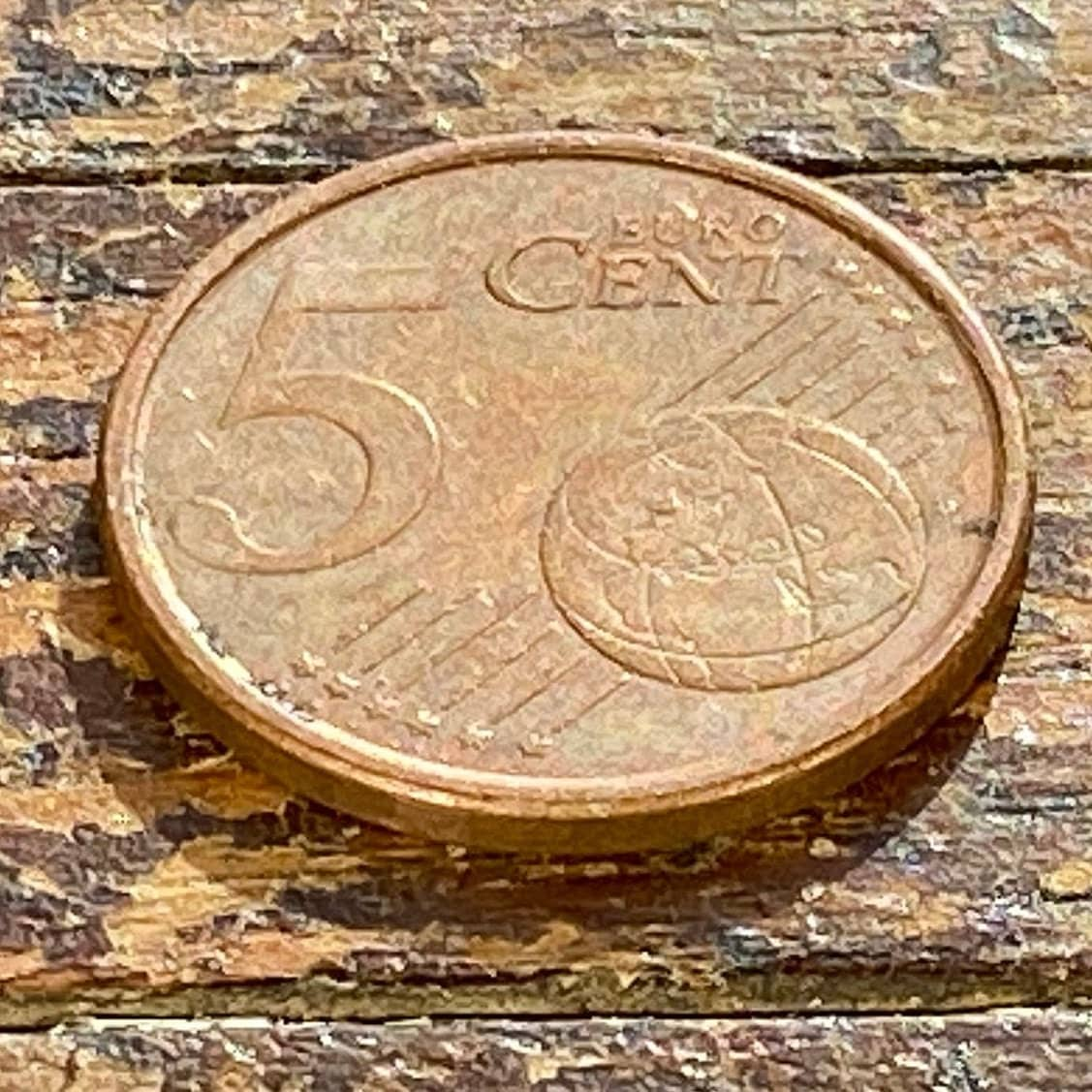
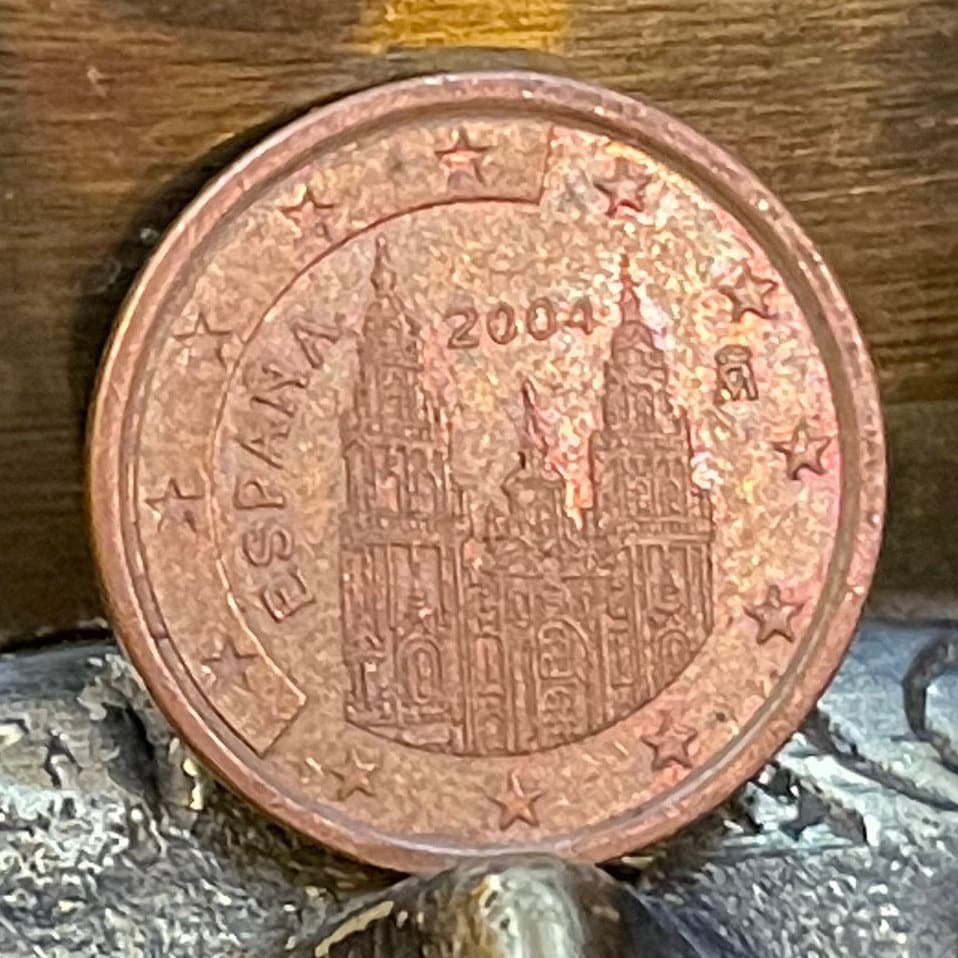
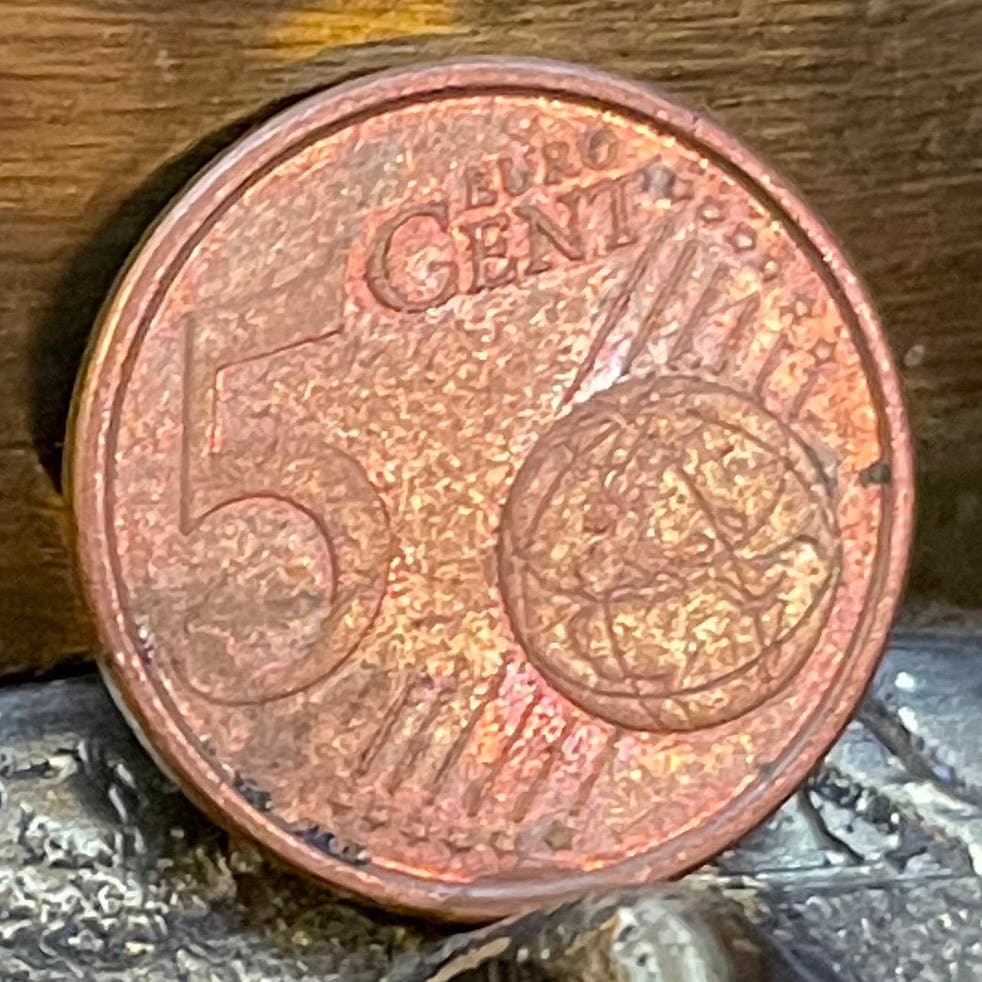
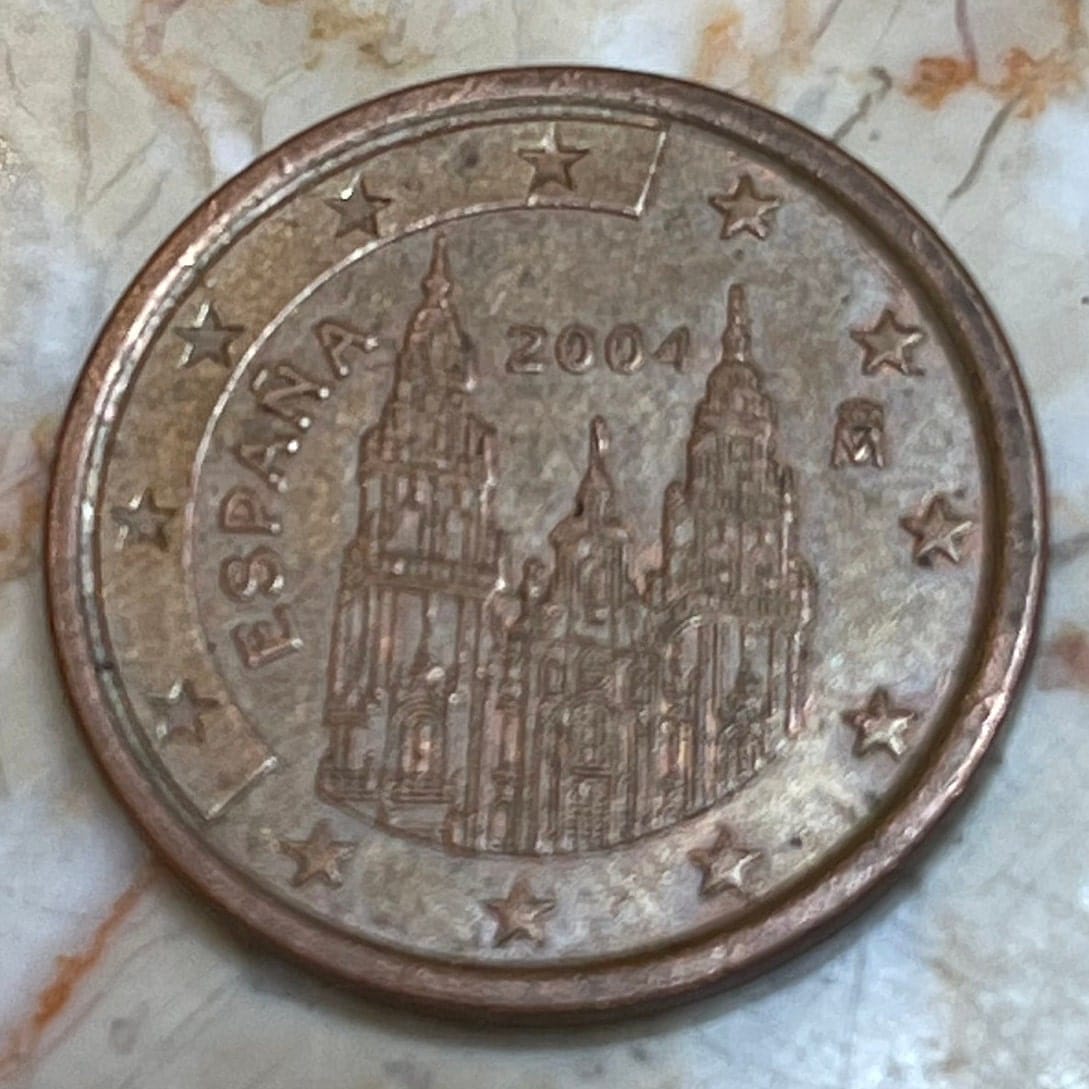
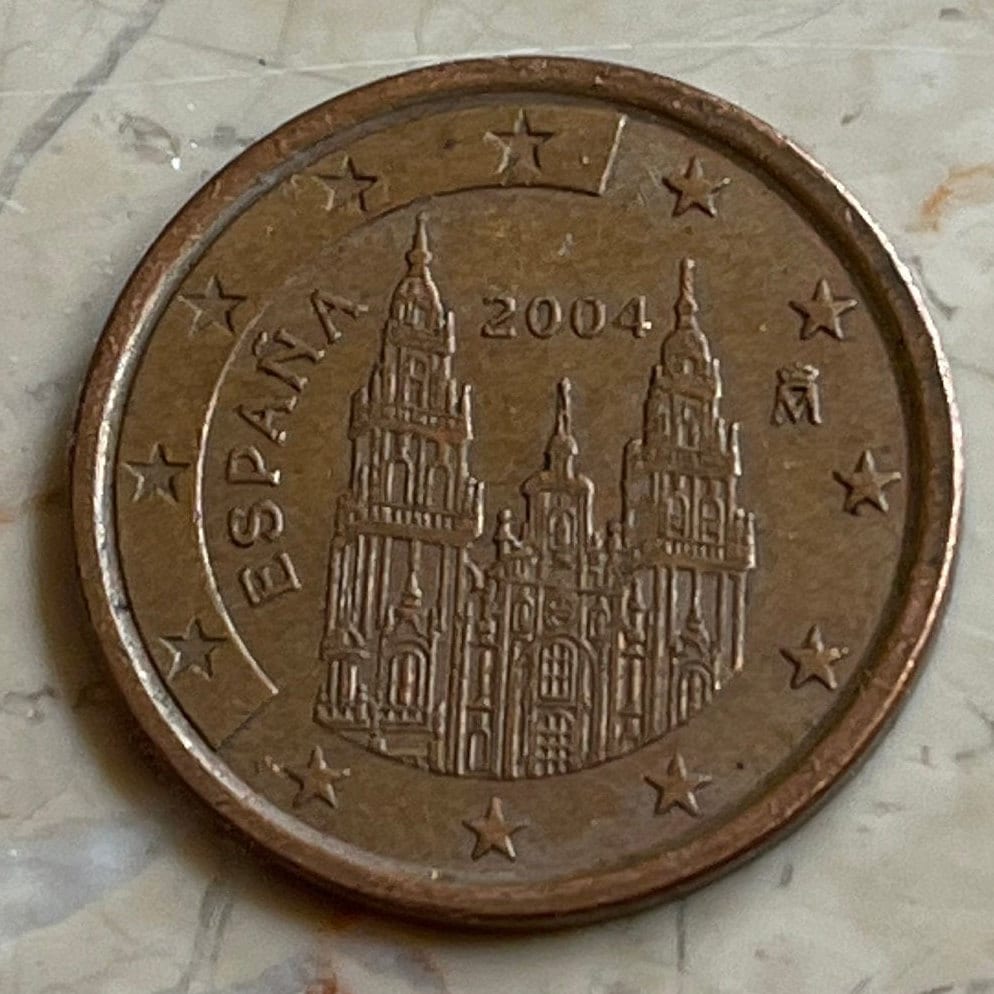
Great service. Product as advertised.









